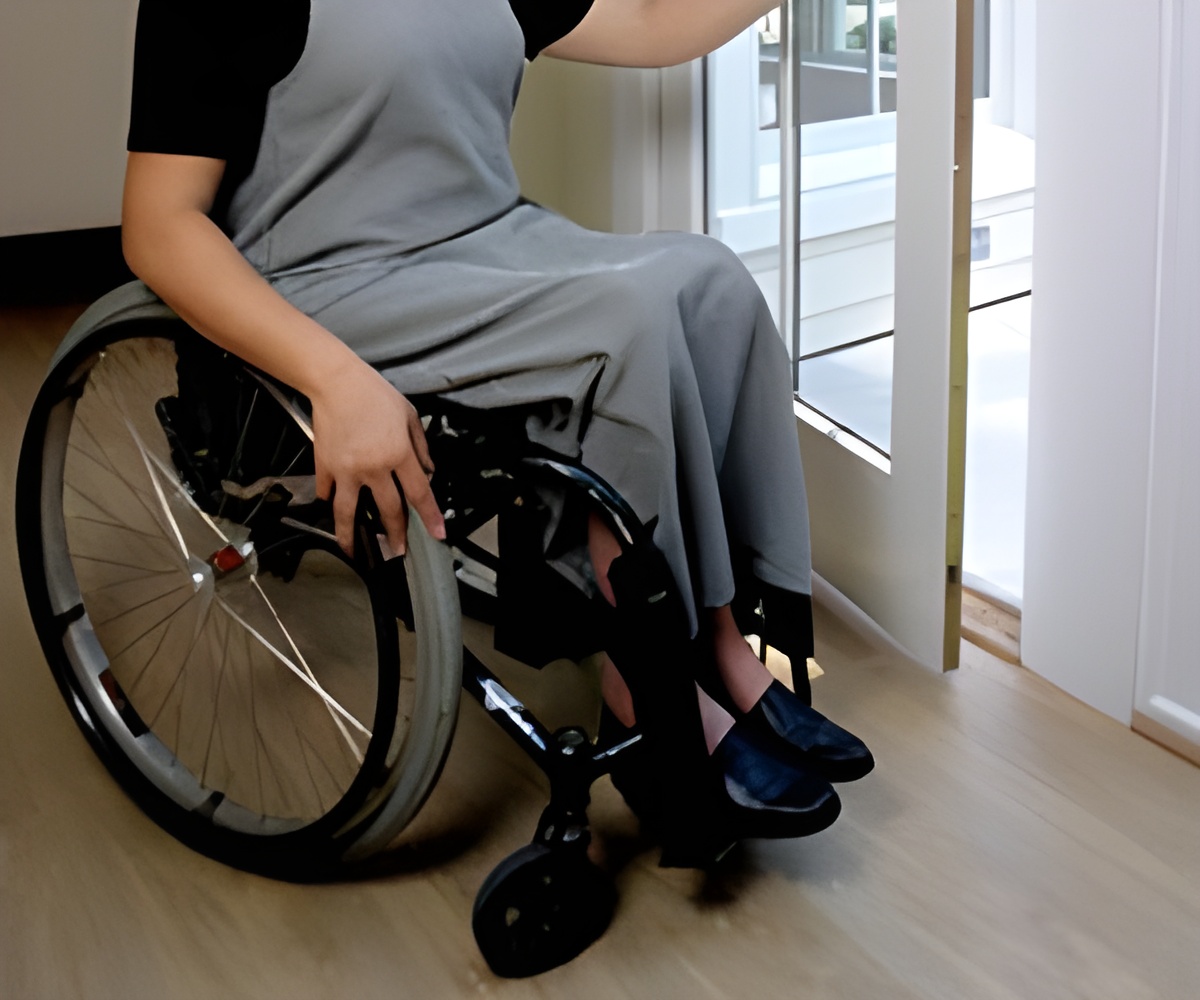
‘DIY assistive technology prototypes can aid people with disabilities to communicate.
’
Tweet it Now
In the field of assistive technology, costs often prohibit many people with disabilities and their families from accessing useful communication technologies. Existing tools that facilitate communication are especially hard to individualize and can be costly, explains Hamidi. However, computers have steadily become less expensive to distribute and easier to use. This makes computer-based assistive technologies more accessible to people with disabilities, both inside and outside of the U.S.Hamidi and his team have worked to develop and test two platforms: SenseBox and TalkBox. These platforms are open source and only require a Raspberry Pi (an inexpensive microcomputer), low-cost sensors, and a speaker to operate.
TalkBox allows users to communicate by touching images on an attached surface to play audio files stored within the system. The images and sounds can be customized during assembly, depending on an individual's unique needs. For example, TalkBox can be adapted to fit in a wheelchair, and it can include individualized visual elements. The TalkBox could display illustrations of faces showing different expressions, which a student could use to express an emotion. Numerous adjustments are available to the user, making the technology extremely customizable.
SenseBox relies on a similar model of stimuli being translated into audio, but it operates using tactile objects, which are recognized by sensors. These tactile objects are embedded with radio frequency identification (RFID) tags, similar to how objects are tagged in stores. The objects can be 3-D printed, which permits extensive customization.
TalkBox was successfully used in Kenya by a special education teacher who was able to input the names of all of his students onto the device to be used in class. This application of the device led to a noticeable increase in participation and inclusion. The success of the tool within that classroom has already led to an increased interest in the technology for other potential stakeholders in Kenya. The researchers hope to work with community members in Kenyan universities and healthcare facilities to expand the availability of this tool, and help stakeholders learn how to use it.
Advertisement
Previously, he had difficulty using other devices to achieve this same goal of playing his favorite artist.
Advertisement
The researchers continue to explore how best they can scale up the use of these new tools to support people with disabilities who are seeking new ways to communicate in a broad range of cultural contexts.
Source-Eurekalert










